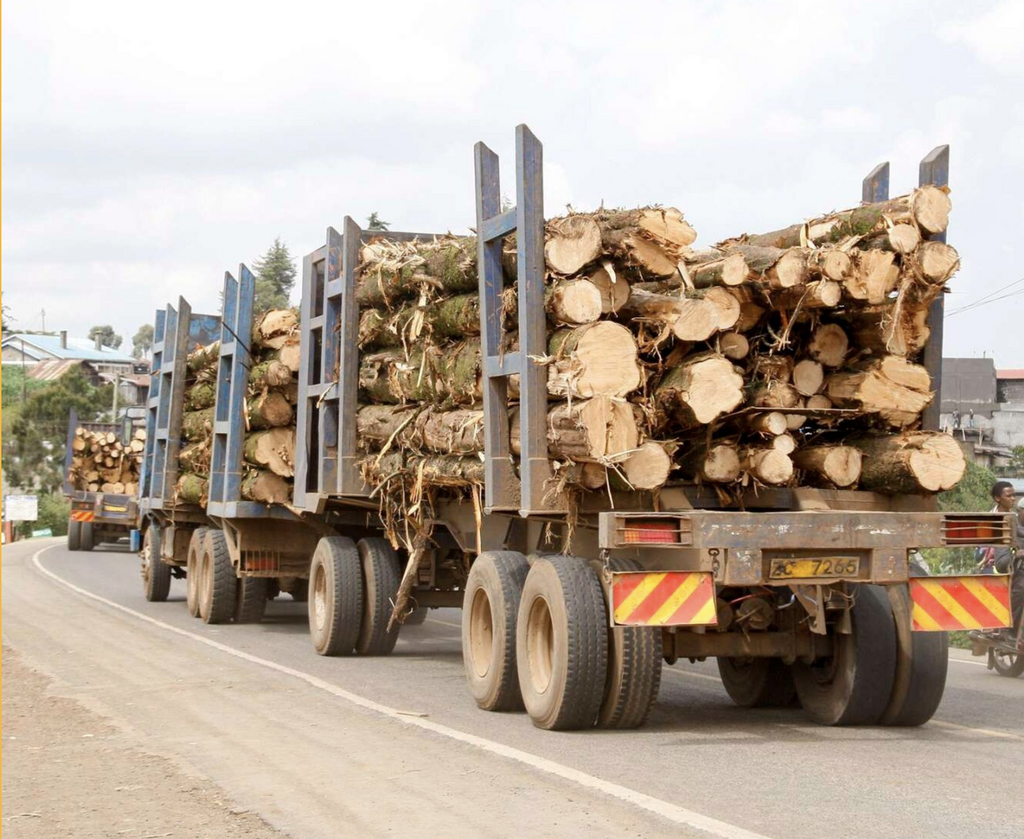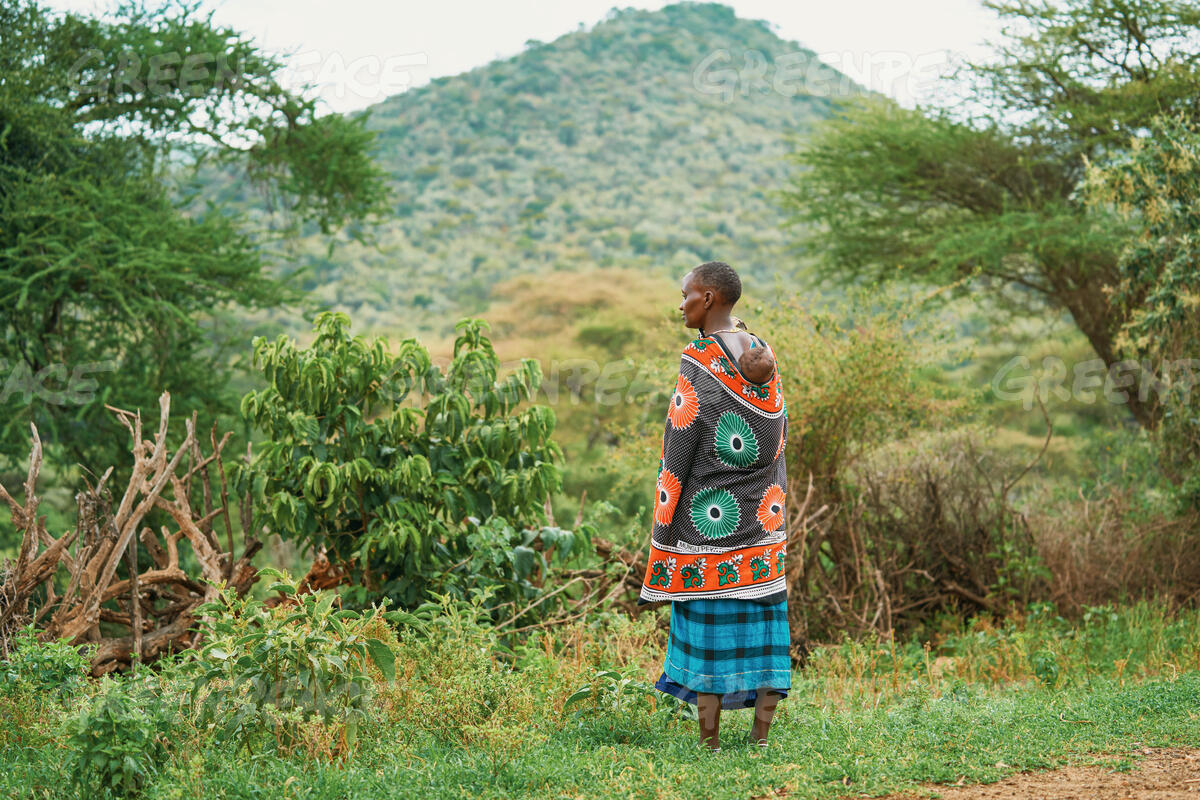Recently, President William Ruto lifted the ban on illegal logging in public and community forests in Kenya, bringing an end to the six-year moratorium. This decision was justified on the grounds of job creation, but it raises concerns about the potential consequences for the environment and the long-term sustainability of the forests. The ban was initially put in place due to rampant illegal logging and the depletion of the country’s water towers, which remain unresolved issues.
President William Ruto has stated that the logging will follow strict harvesting rules. However, Kenya continues to struggle with the implementation of its policies and is still grappling with issues surrounding illegal logging. Moreover, the Kenyan Cabinet Secretary for Environment, Climate Change, and Forestry recently launched a crackdown on logging and all forms of illegal forest activities. This gives us reason to have concerns on how the logging in community and public forests will be effectively controlled.

Trucks ferry logs along the Elburgon-Njoro road in Nakuru County on July 3, 2023. Timber traders have something to smile about after President William Ruto lifted a ban on logging that was issued by the government six years ago. | John Njoroge | Nation Media Group
Forests play a crucial role in maintaining the ecological balance and providing essential ecosystem services. They act as carbon sinks, helping to mitigate climate change by absorbing carbon dioxide from the atmosphere. Forests also regulate water cycles, prevent soil erosion, and provide habitats for numerous plant and animal species. Therefore, any disruption to these ecosystems can have far-reaching consequences.
While the government claims that only mature trees will be logged, such trees play a crucial role in nutrient cycling within forest ecosystems. They absorb nutrients from the soil and incorporate them into their leaves, branches, and roots. When these trees shed their leaves or eventually die, the nutrients are released back into the soil through processes like leaf litter decomposition and the decay of fallen trees. This cycle replenishes the soil with essential nutrients, supporting the growth of other plants and organisms. Thus, it is important to leave such trees in the forest to maintain nutrient cycling.
In 2018, when the moratorium was put in place, Kenya’s forest cover stood at 5.99%. By 2022, the country had made significant progress, with the cover reaching 8.83%. However, this progress may be reversed or worsened due to the lifting of the ban. Moreover, Kenya has been experiencing a decline in forest cover since its independence, and the ban had provided hope for the preservation of the country’s “lungs.”
Considering the increasing demand for timber and the need for employment, it is important to strike a balance between the environment and the economy. The Kenyan government should explore the cultivation of fast-growing species like bamboo to supplement the country’s wood and timber needs. The government can identify new areas or encourage individuals to venture into this space. Additionally, the establishment of mixed forest plantations away from public and community forests should be scaled up to increase forest cover, generate revenue, and provide employment opportunities. These opportunities can range from nursery operations to planting, maintenance, and eventual timber harvesting. Such initiatives would contribute to socio-economic development and provide livelihood options that are less destructive to natural ecosystems.
Earlier this year, Kenya faced extreme drought, leaving approximately six million people vulnerable to hunger. This is just one example of the climate crisis that continues to impact lives worldwide. Lifting the logging ban at this time is not only miscalculated, but also has the potential to contribute to more catastrophic events not only in Kenya but also in other parts of the globe.
By Kiptoo Chemoiwo
Climate Change and Engagement Enthusiast



